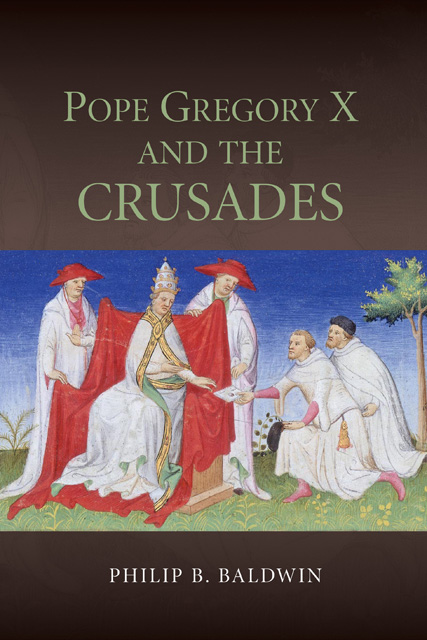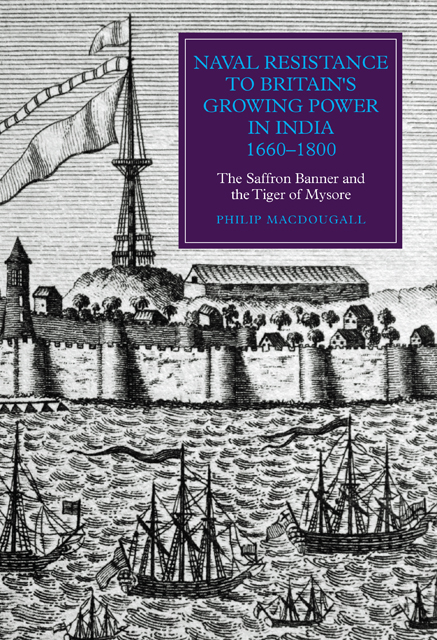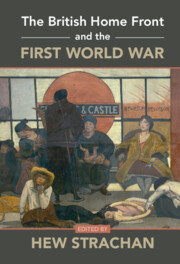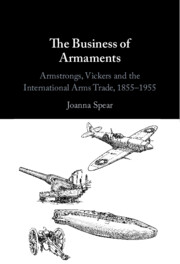Refine search
Actions for selected content:
15401 results in Military history
29 - The ‘Home Front’ as War Front
- from Part V - Social Impacts
-
-
- Book:
- The British Home Front and the First World War
- Published online:
- 23 February 2023
- Print publication:
- 02 March 2023, pp 583-598
-
- Chapter
- Export citation
30 - War and Piracy in the Atlantic World
- from Part V - Other Spheres of War
-
-
- Book:
- The Cambridge History of the Napoleonic Wars
- Published online:
- 20 December 2022
- Print publication:
- 02 March 2023, pp 627-642
-
- Chapter
- Export citation
13 - Arms and Weaponry
- from Part III - Raising and Supplying the Armies
-
-
- Book:
- The Cambridge History of the Napoleonic Wars
- Published online:
- 20 December 2022
- Print publication:
- 02 March 2023, pp 255-272
-
- Chapter
- Export citation
14 - Nations in Arms Enlistment and Conscription
- from Part III - People
-
-
- Book:
- The British Home Front and the First World War
- Published online:
- 23 February 2023
- Print publication:
- 02 March 2023, pp 280-295
-
- Chapter
- Export citation
Part V - Other Spheres of War
-
- Book:
- The Cambridge History of the Napoleonic Wars
- Published online:
- 20 December 2022
- Print publication:
- 02 March 2023, pp 539-681
-
- Chapter
- Export citation
32 - The First Total War? The Place of the Napoleonic Wars in the History of Warfare
- from Part V - Other Spheres of War
-
-
- Book:
- The Cambridge History of the Napoleonic Wars
- Published online:
- 20 December 2022
- Print publication:
- 02 March 2023, pp 665-681
-
- Chapter
- Export citation
Figures
-
- Book:
- The Cambridge History of the Napoleonic Wars
- Published online:
- 20 December 2022
- Print publication:
- 02 March 2023, pp ix-ix
-
- Chapter
- Export citation

Religion in the British Navy, 1815-1879
- Piety and Professionalism
-
- Published by:
- Boydell & Brewer
- Published online:
- 28 February 2023
- Print publication:
- 16 January 2014

Pope Gregory X and the Crusades
-
- Published by:
- Boydell & Brewer
- Published online:
- 28 February 2023
- Print publication:
- 15 May 2014

Naval Resistance to Britain's Growing Power in India, 1660–1800
- The Saffron Banner and the Tiger of Mysore
-
- Published by:
- Boydell & Brewer
- Published online:
- 23 February 2023
- Print publication:
- 20 November 2014

The British Home Front and the First World War
-
- Published online:
- 23 February 2023
- Print publication:
- 02 March 2023
Frontmatter
-
- Book:
- CW-21 Interceptor
- Published by:
- Amsterdam University Press
- Published online:
- 27 March 2024
- Print publication:
- 10 February 2023, pp 1-1
-
- Chapter
- Export citation
Introduction
-
- Book:
- CW-21 Interceptor
- Published by:
- Amsterdam University Press
- Published online:
- 27 March 2024
- Print publication:
- 10 February 2023, pp 2-48
-
- Chapter
- Export citation

The Business of Armaments
- Armstrongs, Vickers and the International Arms Trade, 1855–1955
-
- Published online:
- 19 January 2023
- Print publication:
- 19 January 2023
4 - Selling Armaments in Britain 1919–1935
- from Part I - Selling at Home
-
- Book:
- The Business of Armaments
- Published online:
- 19 January 2023
- Print publication:
- 19 January 2023, pp 126-175
-
- Chapter
- Export citation
Bibliography
-
- Book:
- The Business of Armaments
- Published online:
- 19 January 2023
- Print publication:
- 19 January 2023, pp 352-374
-
- Chapter
- Export citation
Acknowledgments
-
- Book:
- The Business of Armaments
- Published online:
- 19 January 2023
- Print publication:
- 19 January 2023, pp ix-x
-
- Chapter
- Export citation
1 - Armstrongs and Vickers Become Armament Firms
- from Part I - Selling at Home
-
- Book:
- The Business of Armaments
- Published online:
- 19 January 2023
- Print publication:
- 19 January 2023, pp 17-36
-
- Chapter
- Export citation
7 - Foreign Policies for Selling Armaments to Asia
- from Part II - Selling Abroad
-
- Book:
- The Business of Armaments
- Published online:
- 19 January 2023
- Print publication:
- 19 January 2023, pp 258-287
-
- Chapter
- Export citation
Part II - Selling Abroad
-
- Book:
- The Business of Armaments
- Published online:
- 19 January 2023
- Print publication:
- 19 January 2023, pp 211-335
-
- Chapter
- Export citation
